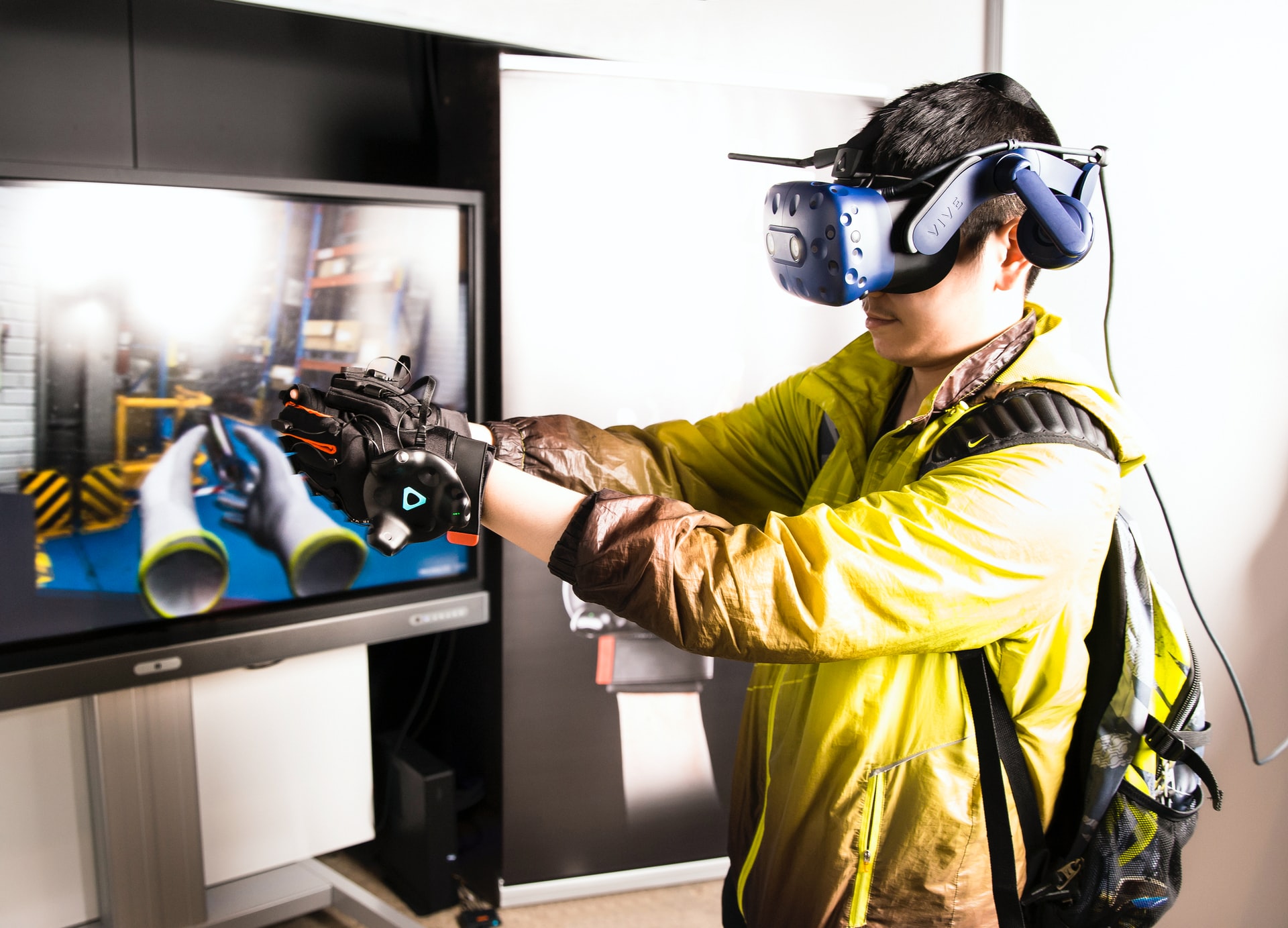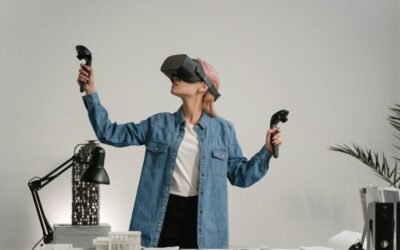The potential of extended reality is increasingly recognized in education and research contexts. Applications include for example the use of virtual environments to expose participants to specific stimuli in psychology experiments, training specific skills in a safe environment and the organization of virtual field trips. However, many people struggle with getting started with XR. Through this article series, we’d like to give you some inspiration and practical guidelines for how to get started yourself.
While a growing number of academic institutes are exploring augmented and virtual reality, the media aren’t yet considered mainstream options by teachers and researchers. This is exemplified in requests received by the Centre for Innovation at Leiden University. This innovation team, consists of educational scientists, storytellers and software architects, collaborating with academics to design and develop solutions for education and research challenges. The team notices that often, academics still perceive XR as inaccessible, complex and expensive media that are more futuristic and visionary than concretely deployable and workable options.
While we wouldn’t say that mainstream implementation of XR in education is there yet, we do believe that the range of interactive media can play a valuable role in academia and be applied more easily by teachers and researchers. However, some initial stepping stones of information on how to get started would be needed.
The SURF Open Innovation Lab project eXploRing VR, AR and MR, has been set up to precisely tap into this gap. In a short series of articles, we’ll dive into the practicalities needed to get you started with XR in your work, whether it’s research or education.
Series outline
After this introduction post, you can expect the following coming up:
Part 2: Objectives and approaches to implementing XR in academia
In this article, we’ll present an exploration of the different roles AR, VR and MR media can play in academia, to inspire you to start thinking about this for your own context. We’ll also dive into different approaches for implementation of the media: do you just want to show an existing 360° video to your students, teach your students to create VR experiences themselves or develop a custom research environment?
Part 3: An exploration of plug-and-play tools to build XR experiences yourself
Insights into what plug-and-play tools are available to build XR experiences yourself, without the need to have a strong technical background.
Part 4: Getting started with XR
The final objective is to combine all the previously shared information into a hands-on overview that combines background information with information on tools in the form of a short guide, for those who want to start experimenting or familiarize themselves with XR.
This article is part of the SURF Open Innovation Lab program project eXploRing VR, AR and MR. Project partners are SURF (Paul Melis, Casper van Leeuwen and Ben de Vries), Center for Innovation, Leiden University (Donna Schipper), University of Amsterdam (Robert Belleman), Delft University of Technology (Arno Freeke). Have a look at the project page for more information.




